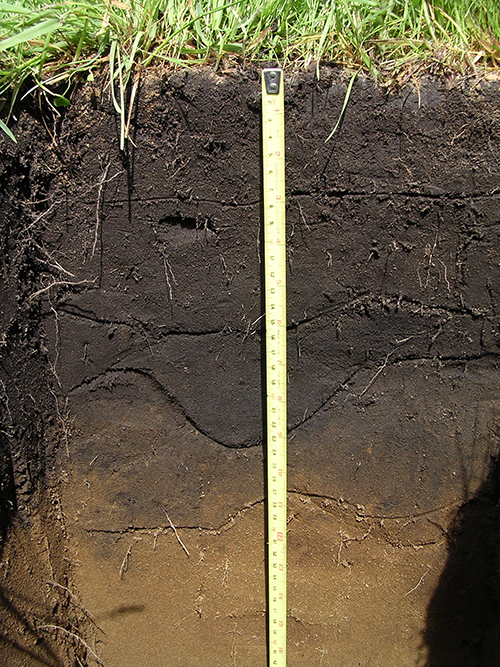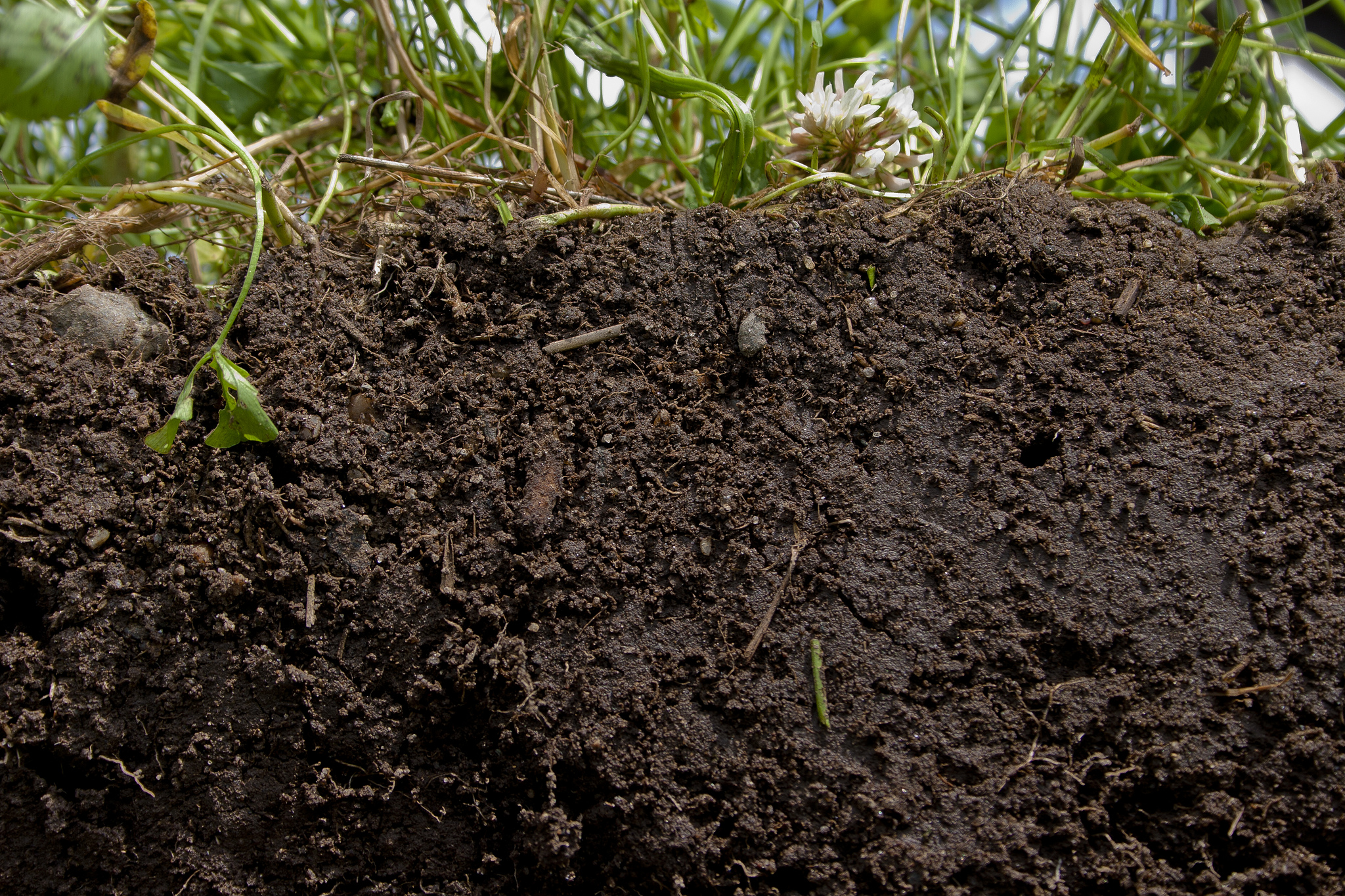If you’re interested in health, you’re probably also interested in whether your food comes from healthy ecosystems.
One of the most important things in a healthy ecosystem is the soil. Overseas, it is becoming more common for products to claim that they come from healthy, or regenerating soil – often by saying that farms or orchards have increased their soil carbon levels.
There are two reasons why enhancing soil carbon helps us work towards healthy ecosystems.
First, carbon forms the skeleton of the black and brown humus in soil. And it is the humus that gives soil good ‘tilth’ and enhances the health of soil organisms. Soil organisms like earthworms and microbes are helpers for healthy plants.
Second, when carbon is in soil, we know it is not carbon dioxide in the atmosphere, where carbon dioxide is the main greenhouse gas causing climate change. Soils store about twice as much carbon as there is carbon dioxide in the atmosphere. Although fossil fuels are the main source of today’s carbon dioxide emissions, historic degradation of soil has also been a key source of carbon dioxide emitted to the atmosphere.
So if you want to be eating food from healthy ecosystems, it makes sense to be eating from healthy soils. Many soils from around the world, especially those continually ploughed to grow grains, have been degraded and have low soil carbon levels. New ways of thinking about agriculture, such as agroecology, are working to study the problem and make soils healthier using ecological principles.
What about soils in New Zealand? Since so many of our soils have stayed under grass that grows year round, our soils are already very healthy. They already look like the ecosystems that overseas agroecologists promote. Many overseas recommendations for degraded soils don’t make sense in New Zealand.

Under New Zealand pastures, even sandy soils, like this one near Foxton, build up a large stock of soil carbon.
Yet, we’ve also realised we can make some of our soils healthier, such as those in market gardens, orchards and vineyards. In these farms, improvements in soil health usually go hand-in-hand with restoring soil carbon, and may also mean reducing chemical use and the amount of bare soil that could be covered with grass, clover or other plants.
As a consumer, how can you invest in healthy soil? One of the best things you can do right now as a consumer is send a message that you want healthy food from healthy ecosystems. In NZ, we can already feel good about what’s on our table if it is grown in our country.
We also have some cases where we can still make our soils healthier, so look into where your food comes from and learn about it. Go to a farmers market. Stop at a farm that sells from the gate.
Ask questions!
But let’s also keep in mind that our biggest opportunity may be letting overseas consumers know that our soils are already healthy, and the food that comes from them is too. Our healthy production systems could have a lot of value we can promote, when the food chain in overseas markets is seen as broken.
Future posts will focus on better understanding how we can claim value from our healthy production systems overseas, and how we can further enhance this value on our farms.




Leave a comment